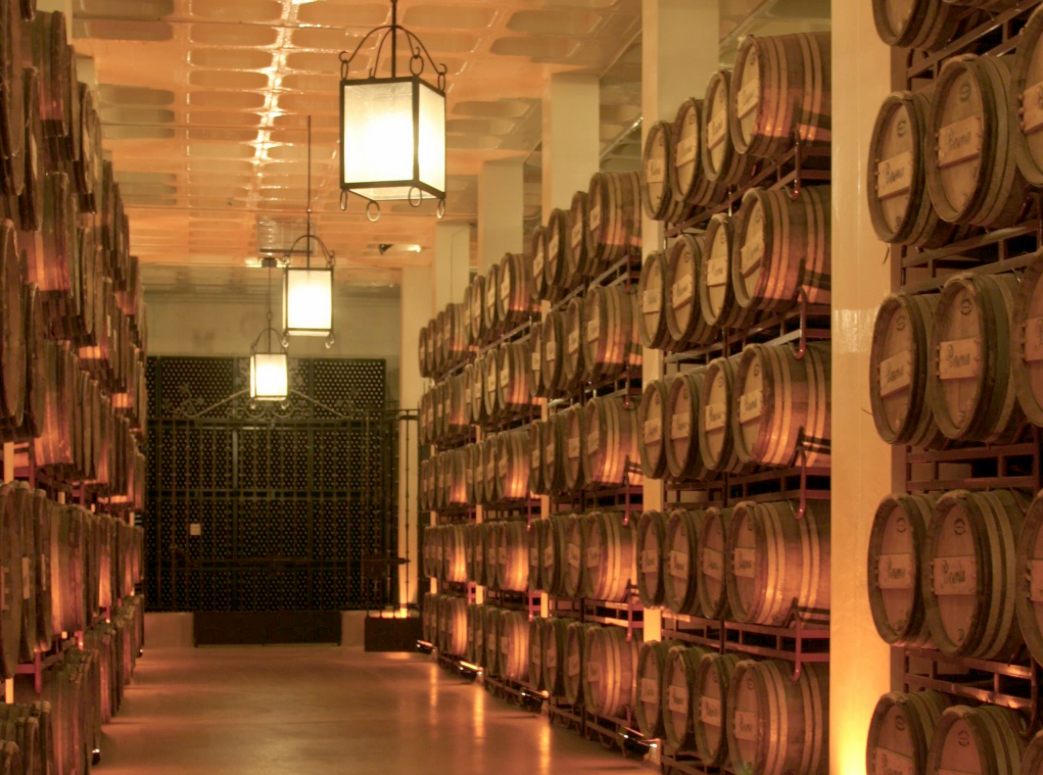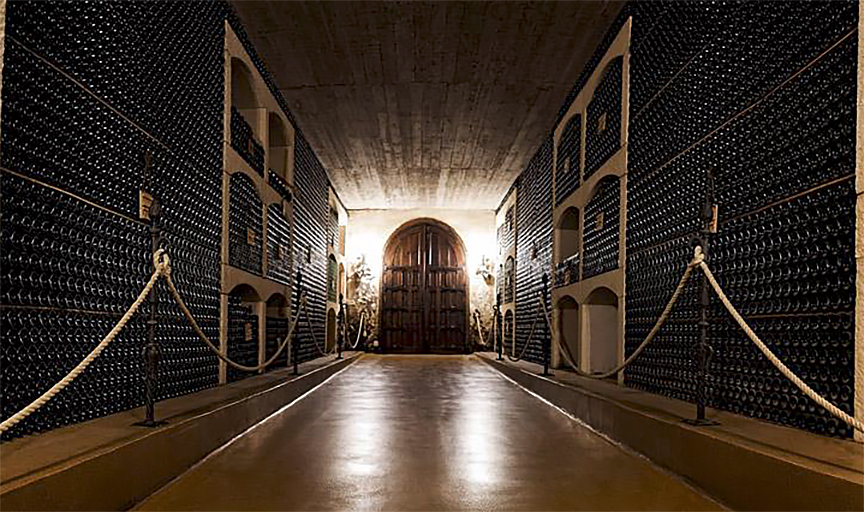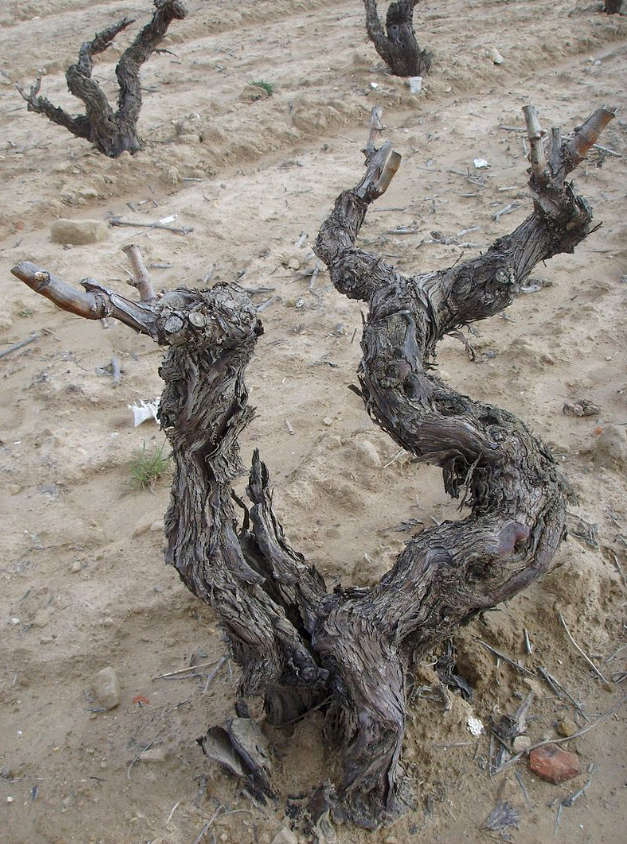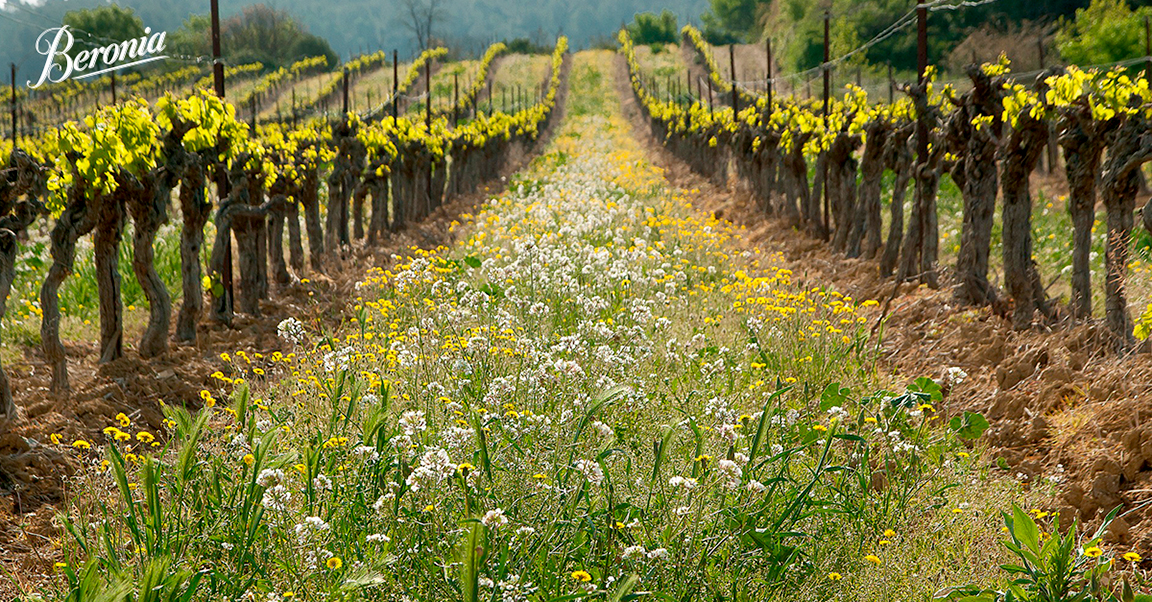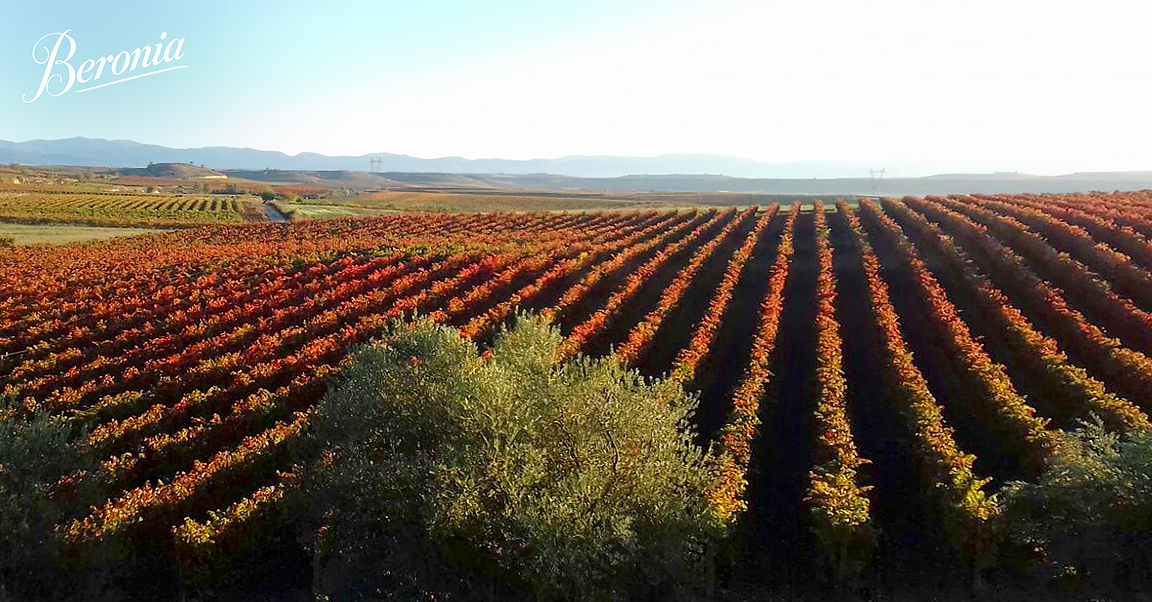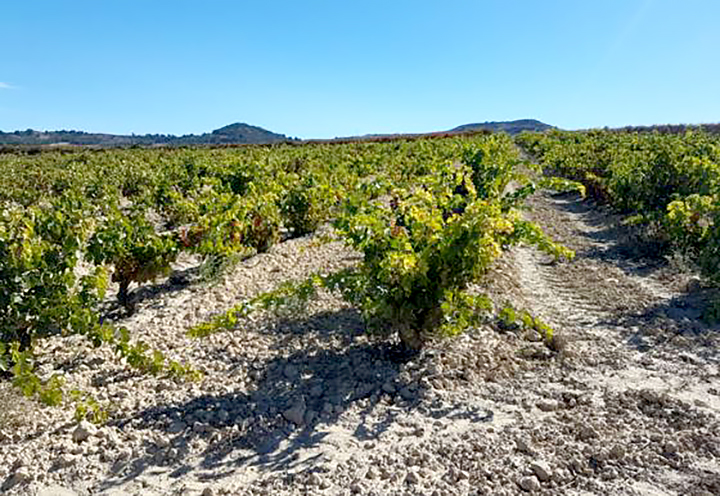Medium gold-copper color; strawberry, cherry, red currant on the nose; strawberry, raspberry, red fruits on the palate.
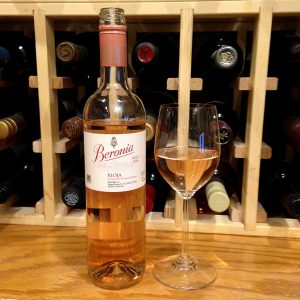
Dry; light, simple but direct presentation of garnacha (grenache in France); blend of 55% granacha, 45% tempranillo; 13% ABV. Crisp, easy drinker. Not complex, but no flaws, just straightforward rosé. The previous vintage—a different blend that included 30% viura grapes—had a tartness that is not present in this 2018 effort. I enjoyed the juxtaposition of the tartness and the smoothness of garanacha in the 2017, but I can easily see others enjoying the simplicity of the 2018 product.
Beronia Rioja is part of González Byass Family wine group. The Beronia website presents the winery’s history: “Beronia was founded in 1973 by a group of businessmen, friends from the Basque country who would come to La Rioja on holiday. The friends had a great love of food and wine and created their own gastronomic society, or txoko as it is called locally, in the area. They decided, to produce their own wines to enjoy with the local cuisine, specializing in Reserva and Gran Reserva style wines. The winery was integrated into the González Byass Family of Wine group in 1982 and began an expansion into international markets. Today Beronia is one of the most renowned Spanish wineries both in international and domestic markets, producing pure and traditional Rioja wines with their own personality and Beronia style.”
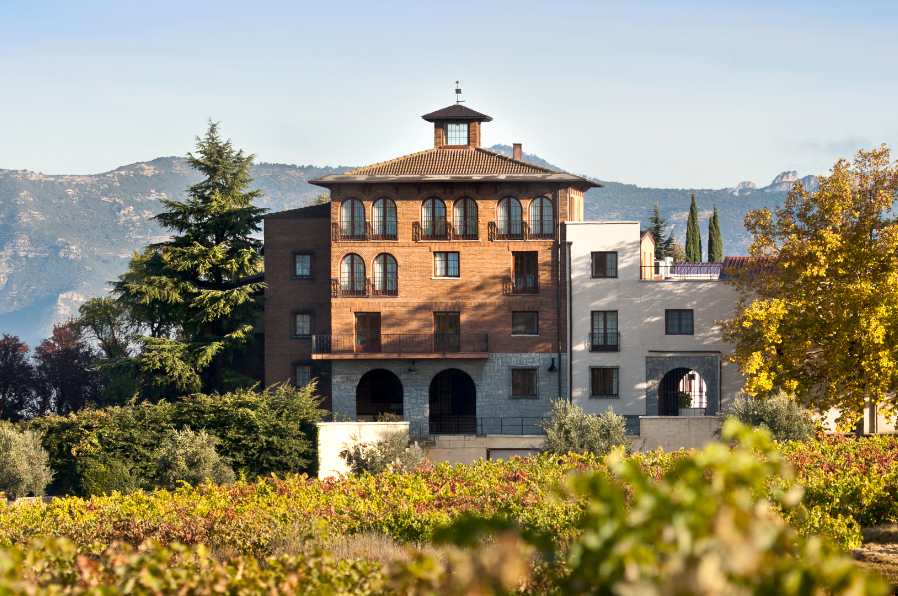
Rioja is the best known Spanish wine region. It lies in the valley of the Ebro River with the Cantabrian mountains to the north and Demanda range to the south and encompasses 140,850 acres of vines that produce more than 66 million gallons of wine.
The region gets its name from the Oja River (Rio Oja in Spanish) and is divided into three regions: Rioja Alavesa, Rioja Alta, and Rioja Baja. Bodegas Beronia is located in the village of Ollauri in north-central Spain and the heart of Rioja Alto. Rioja Alta is on the western edge of Rioja and is higher in elevation—thus the name—and is known for its old world style of wines. The higher elevation means a shorter growing season and wines with bright fruit flavors and wines lighter on the palate. Beronia Rosé fits that profile.
The Beronia operation farms 2,223 acres of vineyards. Some of the vines are more than 100 years old, others were planted when the winery was established in 1973, and additional vines were planted in 2011. More than 85% of Beronia’s vines are tempranillo.
The Beronia website celebrates its commitment to the environment: “Totally committed to protecting the environment, Beronia uses sustainable farming techniques and the most environmentally friendly techniques during the vinification process. Beronia produces an organic wine, 100% Tempranillo, using fruit sourced from vineyards which are registered to the CRAE guaranteeing organic viticulture Recycling by-products, purification of waste water, waste management, reduction of energy consumption and environmentally friendly packaging are also of great importance.”
Mixed oak barrels are an interesting quirk of Beronia winemaking. The wine staves are American oak while the ends (tops and bottoms of the barrels) are French oak. Beronia has nearly 30,000 barrels in an underground cellar. Beronia also uses older barrels—average age four years—which reduces the oak influence.
Beronia Rosé DOCa Rioja 2018 is simple, straightforward grarnacha-led rosé. Pair with seafood, salads, rice dishes, lean white meats; served very cold it works as a summertime solo sipper on patio, deck, or pool side. $10-13
